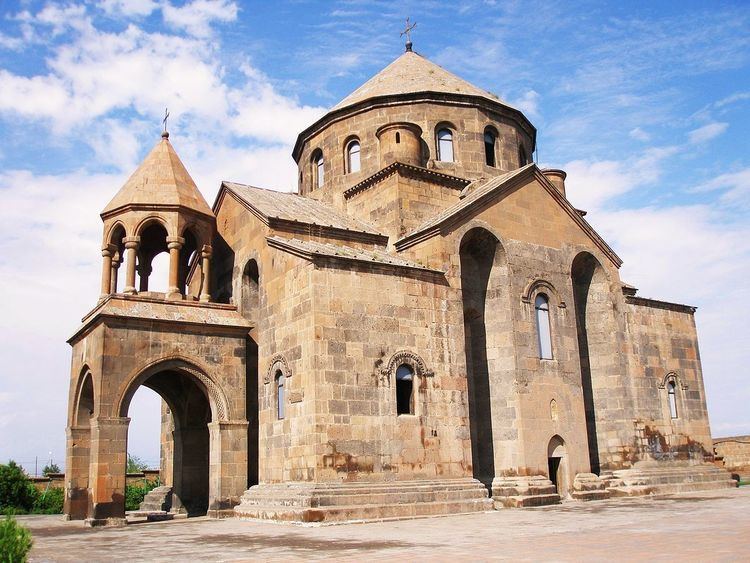 | ||
Polygonal masonry is a technique of stone construction. True polygonal masonry is a technique wherein the visible surfaces of the stones are dressed with straight sides or joints, giving the block the appearance of a polygon.
Contents
- Armenia
- Bosnia
- China
- Chile
- Ecuador
- Finland
- Hungary
- Italy
- Japan
- Latvia
- Mexico
- Morocco
- Peru
- Russia
- Spain
- Sweden
- Syria
- Thailand
- Turkey
- United Kingdom
- References
This technique is found throughout the world and sometimes corresponds to the less technical category of Cyclopean masonry.
Armenia
Armenian architecture
Bosnia
Daorson
China
The submerged city of Shicheng in Qiandao Lake
Chile
Ahu Vinapu
Ecuador
Baños del Inca
La Maná,
Finland
Bomarsund Fortress
Hungary
Komárom Fortresses
Italy
In Italy it is particularly indicative of the region of Latium, but it occurs also in Etruria, Lucania, Samnium, and Umbria; scholars including Giuseppe Lugli have carried out studies of the technique. Some notable sites that have fortification walls built in this technique include Norba, Signia, Alatri, Boiano, Circeo, Cosa, Alba Fucens, Palestrina, and Terracina.
The so-called Porta Rosa of the ancient city of Velia employs a variant of the technique known as Lesbian masonry.
Alatri Ruins, Italy
Japan
Latvia
Daugavpils Star Fort
Mexico
Morocco
Peru
Saksaywaman
Russia
Fort Alexander (Saint Petersburg)
Chusovoye Megalithic Wall, Russia
Spain
es:Castro de Ulaca
Sweden
Syria
Arwad
Thailand
Phanom Rung
Turkey
Hattusa
